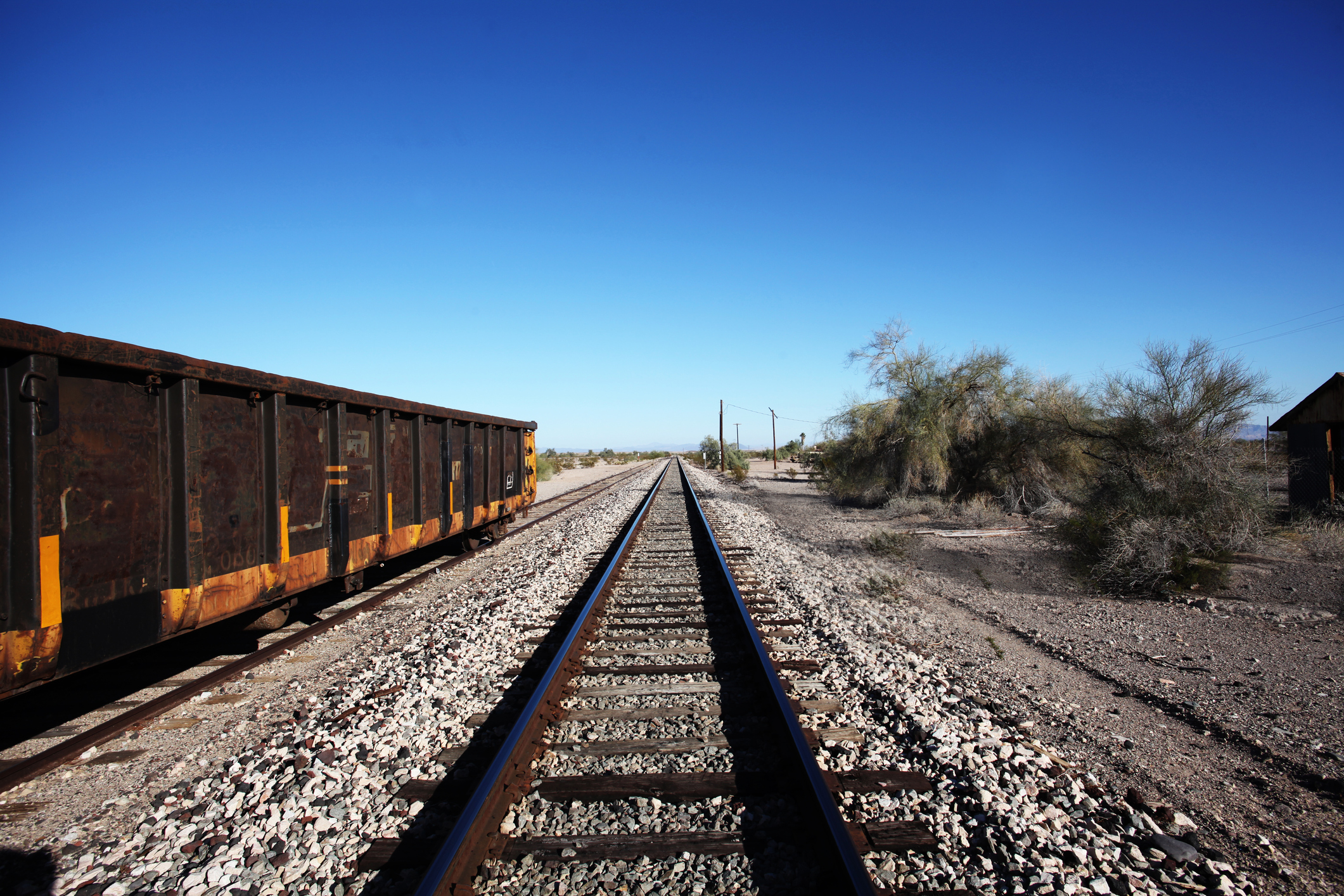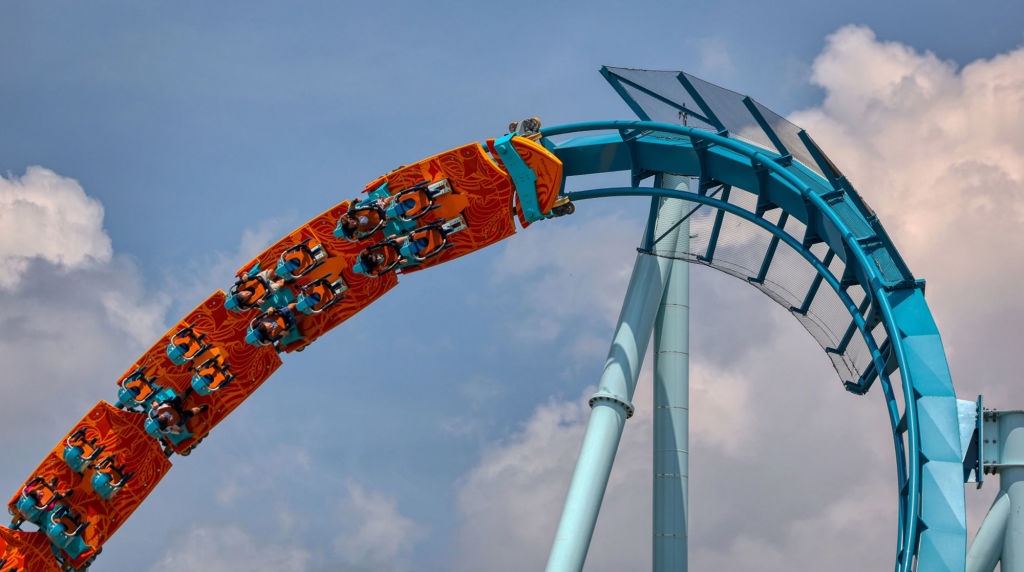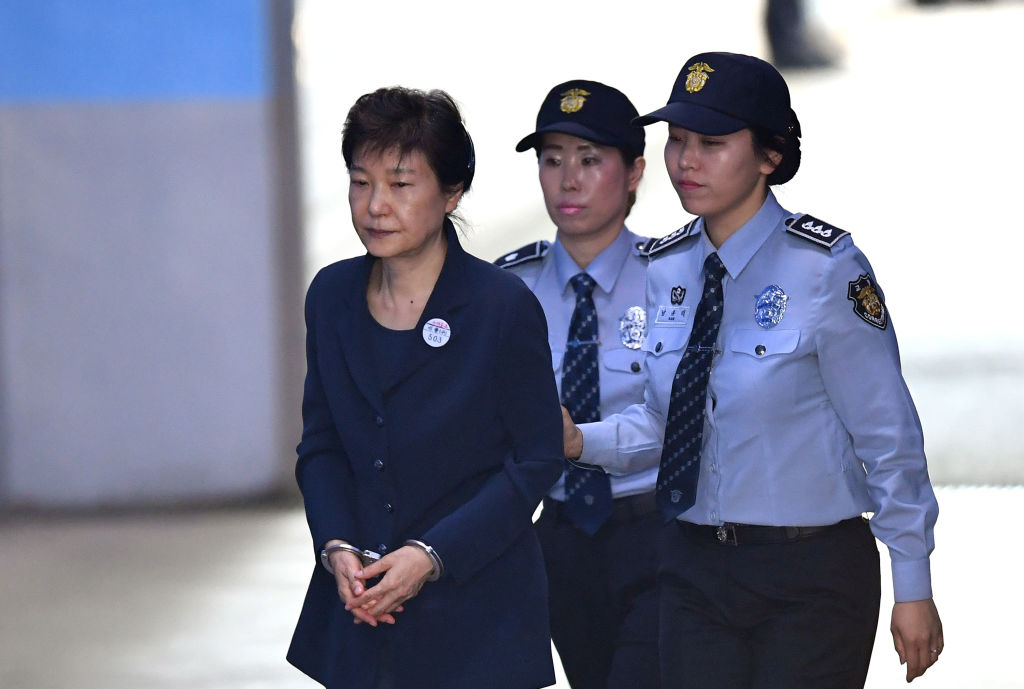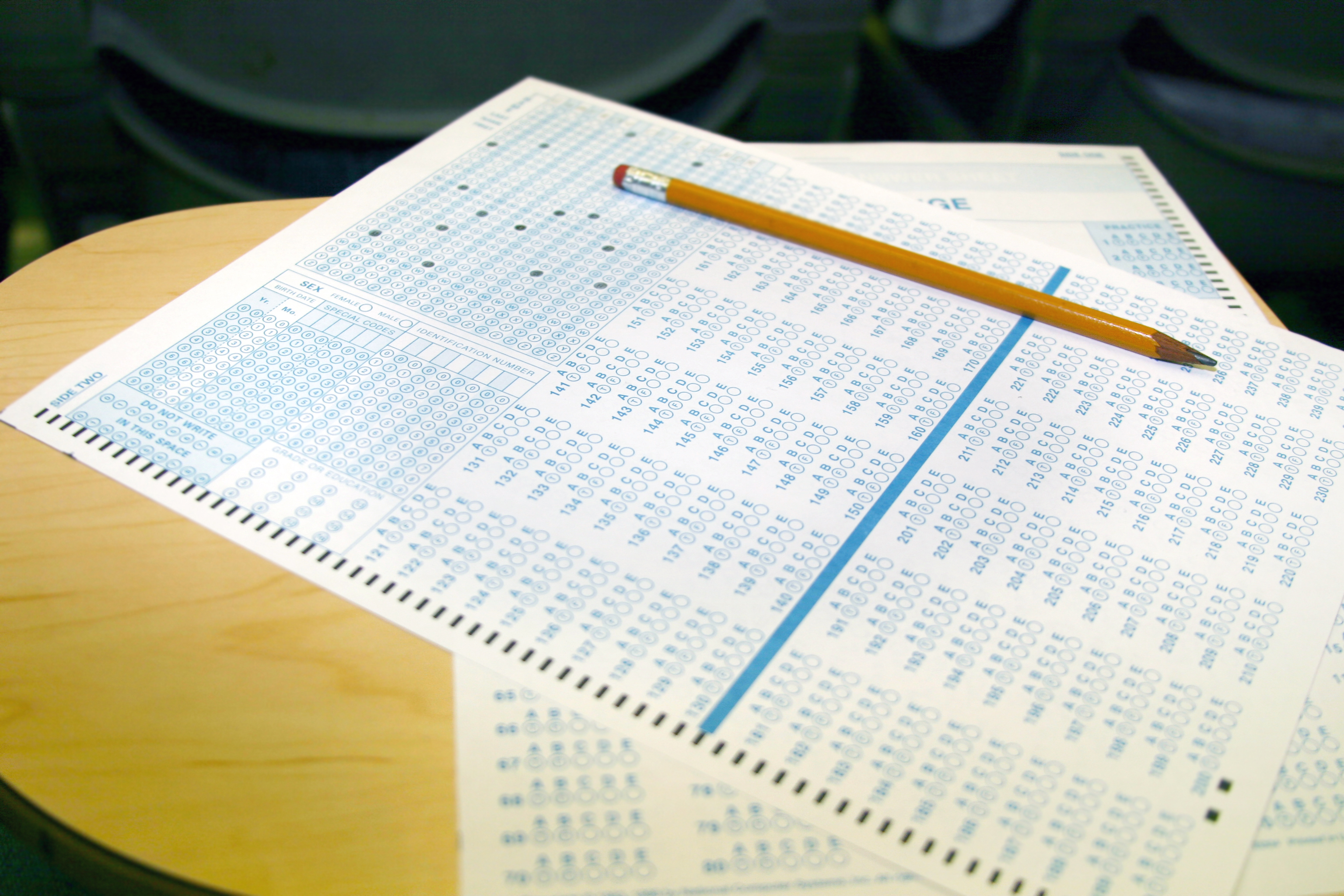Regulating the rails
The freight rail industry is facing major safety questions after a hazardous waste spill in East Palestine, Ohio

The freight rail industry is facing major safety questions after a hazardous waste spill in East Palestine, Ohio. Here's everything you need to know:
How large is the rail industry?
Almost half of all intercity freight transportation and one-third of U.S. exports move by rail, over 140,000 miles of privately owned tracks crisscrossing every state except Hawaii. Trains transport more than two-thirds of shipments of coal, and a major portion of grain, cars, and chemicals. About 4.5 million tons of toxic chemicals are moved by train every year. Every day, an average of 12,000 rail cars carry hazardous materials through American towns and cities, including major cities, with a lot of traffic to Pittsburgh, Houston, and Detroit. An estimated 25 million people live in an oil-train blast zone — the one-mile evacuation zone in case of an oil fire. The industry is largely controlled by seven rail corporations that own or operate nearly all of the country's long-distance tracks — down from 63 Class I railroad companies 50 years ago. In the West, Union Pacific and Burlington Northern Santa Fe control the routes, while in the East, it's CSX and Norfolk Southern — the company responsible for the East Palestine incident. Kansas City Southern, Canadian National, and Canadian Pacific traverse the country north to south.
Was the East Palestine derailment an anomaly?
The size of the spill and subsequent burn-off received an unusual amount of attention, but derailments occur almost every day. Another Norfolk Southern derailed in Ohio last week, and a train carrying 30,000 gallons of propane derailed in Florida; neither caused a spill. From 1990 to 2021, the Bureau of Transportation Statistics recorded about 54,500 incidents — an average of 1,704 annually — with about 5,500 injuries. Most derailments are minor, with no damage to cars, and overall, the number of them is declining — although Norfolk Southern's accident rate is climbing. Over those 31 years, 131 people, or 4 per year, died as a direct result of derailments. Trucks, which transport the largest percentage of hazardous materials, actually cause far more injuries and deaths.
The Week
Escape your echo chamber. Get the facts behind the news, plus analysis from multiple perspectives.

Sign up for The Week's Free Newsletters
From our morning news briefing to a weekly Good News Newsletter, get the best of The Week delivered directly to your inbox.
From our morning news briefing to a weekly Good News Newsletter, get the best of The Week delivered directly to your inbox.
When are accidents dangerous?
When derailed trains are carrying hazardous materials, as in East Palestine. After that derailment — caused when one car's wheel bearings overheated and burst into flame — Norfolk Southern conducted a controlled burn-off of 1.6 million pounds of vinyl chloride and other toxic chemicals, raising serious, ongoing concerns among residents about possible health impacts. In 2022, hazardous materials were released in about 10 train incidents. Pittsburgh may be particularly vulnerable: up to half of the Bakken shale oil refined on the East Coast passes through the city, and in the past five years, eight trains have derailed in the region, with about 176,000 people living in the one-mile blast zone. "The railroads are playing Russian roulette with Pittsburgh," said Glenn Olcerst, founder of the advocacy group Rail Pollution Protection Pittsburgh. "We are a prime candidate for a major derailment and explosion."
Is the industry heavily regulated?
Thanks to industry lobbying, companies are free to make many of their own safety decisions. In the past two decades, the four largest railroads and their trade association spent more than $480 million on federal lobbying. In 2017, the Trump administration reversed an Obama-era regulation mandating that trains carrying explosive liquids adopt an electronic braking system, which sends the signal to brake to every car at the same time. Most trains rely instead on a Civil War-era braking system that passes the signal through the train one car at a time and can take two minutes to stop a long train. Today's 150-car trains are about 9,000 feet long — more than double the average length in 2017.
What role do train workers play?
A diminished one. Since 2016, rail companies have eliminated almost 60,000 jobs through automation. Under current union rules — there is no federal requirement — most trains have only two workers to monitor trains that stretch for more than a mile. Railroads hope to reduce that to one worker — just the engineer — which the unions say would be dangerous. The industry has also exerted influence on rules about labeling dangerous materials — the highly flammable materials in the East Palestine incident, for example, didn't meet the official definition of a "high-hazard flammable train." In 2020, the Department of Transportation began allowing highly explosive, liquefied natural gas to be shipped by freight trains without additional safety controls. "The Palestine wreck is the tip of the iceberg and a red flag," said Ron Kaminkow, a former Norfolk Southern engineer. "If something is not done, it's going to get worse, and the next derailment could be cataclysmic."
What's the industry's defense?
It denies that it skimps on safety, and points to the overall decline in derailments. The rail companies insist they can ensure safety by relying on automated systems that scan cars and tracks for problems as trains are in motion. But cost-cutting is not without risk: From 2016 to 2021, government inspectors found almost 13,000 violations relating to hazardous materials, up about 33 percent from the previous five years. In 2015, Norfolk Southern president James Squires told investors, "We believe that the new braking systems are unjustified from a cost-benefit perspective."
A free daily email with the biggest news stories of the day – and the best features from TheWeek.com
New opportunities for reform
In the wake of East Palestine, the Biden administration, Democrats, and some congressional Republicans are calling for strengthening rail regulations. Transportation Secretary Pete Buttigieg proposed a series of reforms for the railroads, including providing paid sick leave, using new inspection technology alongside — not instead of — human inspections, and alerting emergency response teams anytime hazardous materials are being transported through a state. A bipartisan group of senators led by J.D. Vance (R-Ohio) and Sherrod Brown (D-Ohio) last week introduced the Railway Safety Act of 2023. The act would mandate stricter safety requirements for trains transporting hazardous materials and require two-person crews on trains. The new rules would also increase the frequency of inspections, and give rail companies a strong incentive to comply by raising the fine for violations to 1 percent of a railroad's annual operating income. "It shouldn't take a massive railroad disaster for elected officials to put partisanship aside and work together for the people we serve — not corporations like Norfolk Southern," Brown said.
This article was first published in the latest issue of The Week magazine. If you want to read more like it, you can try six risk-free issues of the magazine here.
-
 Is the 'vibecession' over?
Is the 'vibecession' over?Speed Read The IMF reported that the global economy is looking increasingly resilient. Is it time to start celebrating?
-
 The U.S. veterinarian shortage crisis
The U.S. veterinarian shortage crisisSpeed Read With an anticipated shortage of 15,000 vets by 2030, it will be harder to get care for pets
-
 Inside Russia's war crimes
Inside Russia's war crimesSpeed Read Occupying forces in Ukraine are accused of horrific atrocities. Can they be held accountable?
-
 Is it safe to ride a roller coaster?
Is it safe to ride a roller coaster?The Explainer A pair of startling events have shined a light on amusement park safety
-
 World leaders who have been charged or imprisoned
World leaders who have been charged or imprisonedThe Explainer Heads of state being put behind bars is not a rare occurrence
-
 The China-Cuba connection, explained
The China-Cuba connection, explainedSpeed Read Reports of an eavesdropping deal roil Washington
-
 The future of AM radio in the US
The future of AM radio in the USSpeed Read Automakers that have removed AM radios from new electric vehicles are facing pushback from broadcasters and politicians
-
 The persistent inequities of Covid-related learning loss
The persistent inequities of Covid-related learning lossSpeed Read The pandemic set a generation of students back in their education. Can they catch up?

